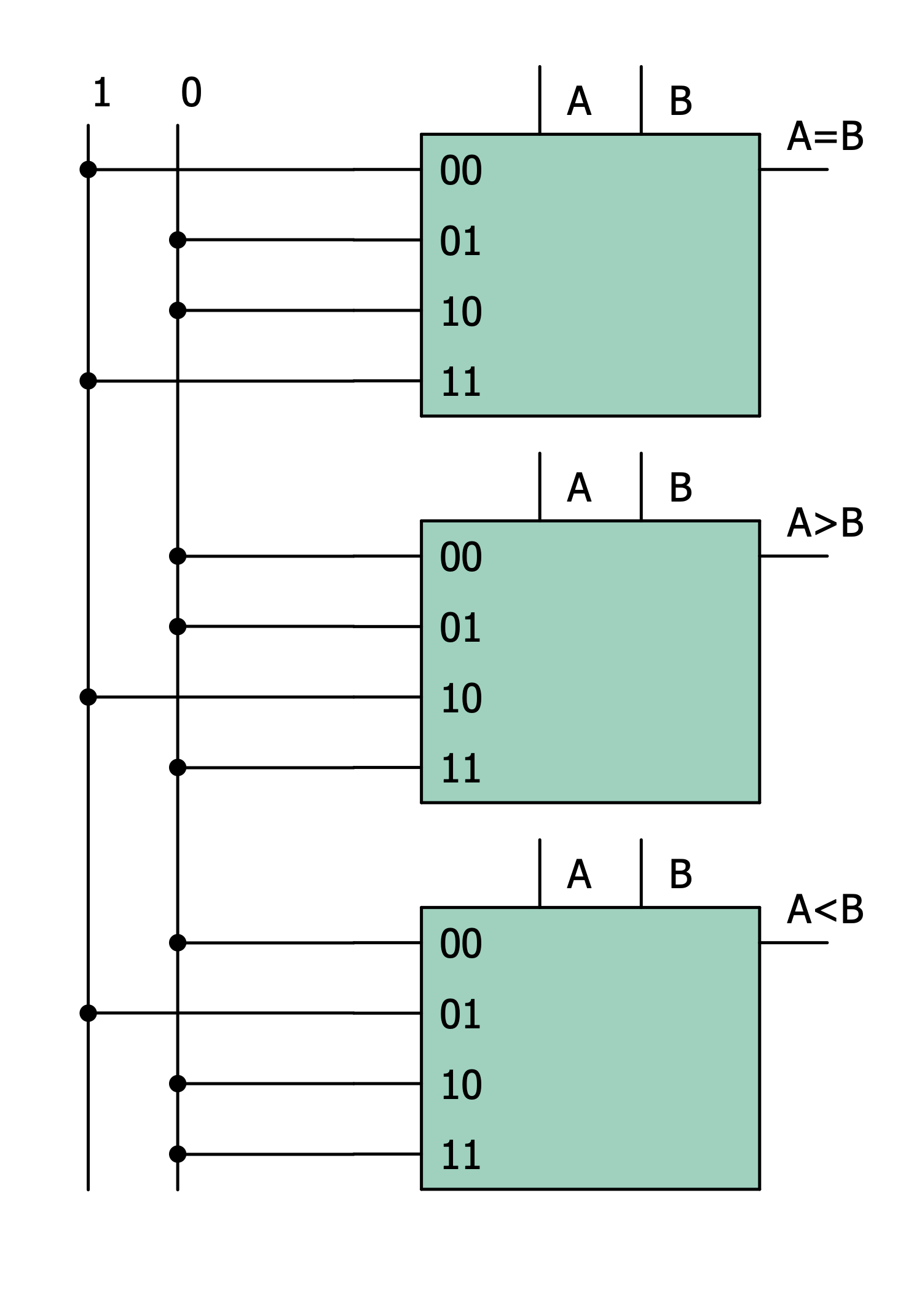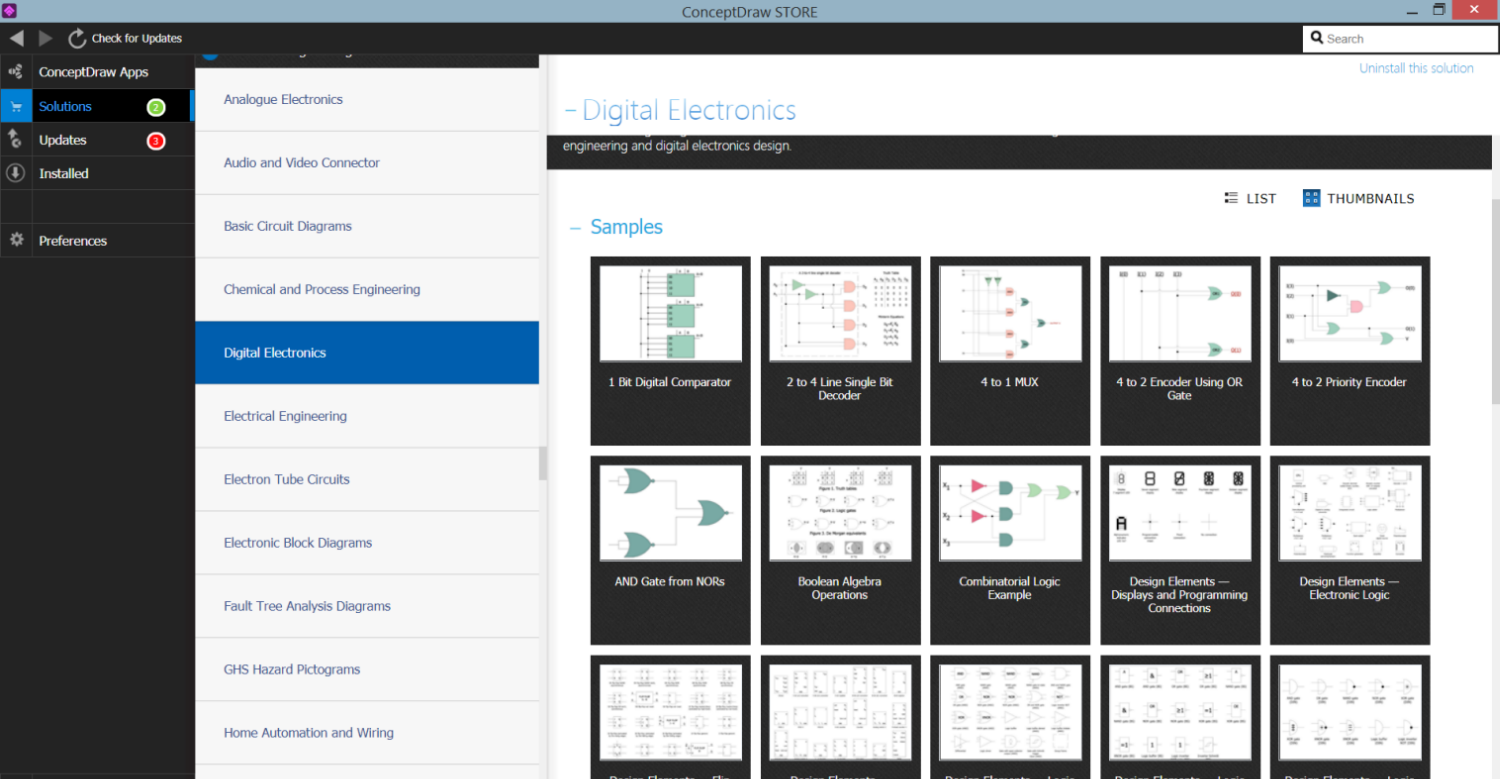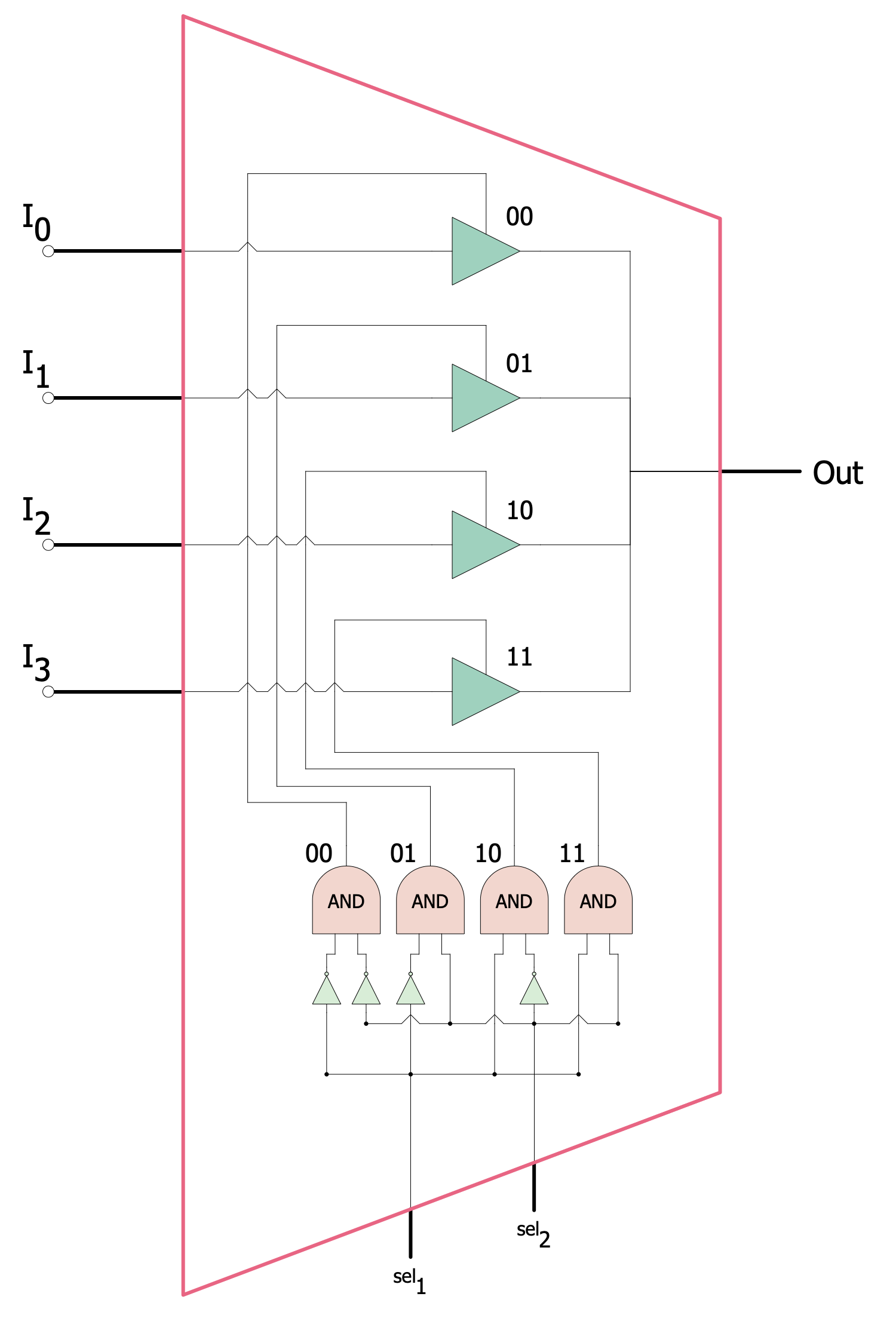Analog to Digital Converter
An analog-to-digital converter (ADC) is an electronic integrated circuit (IC) that converts an analog signal into a digital or binary signal consisting of 1 and 0. Examples of analog signals are a light entering a digital camera, sound, music or human voice entering a microphone, temperature on the thermometer or temperature sensor, and more others. The analog-to-digital converters have many applications in electronics projects and allow the digital logic circuits to communicate with the real world. Currently, they are major modern digital audio sound recording and music reproduction technologies. An ADC may convert an analog input voltage or current to a digital binary number that represents the magnitude of the voltage or current. The voltage of most of the ADCs is from -5V to 10V. The ADCs are applied in measurement and control systems, communication systems, industrial instrumentation, and sensory-based systems.
The analog signal is continuous-time and continuous-amplitude, while the digital signal is discrete-time and discrete-amplitude. The analog to digital converter converts the signal from continuous to discrete form used by digital devices, control, information processing, data computing, and data transmission systems. The process of converting an analog signal into a digital signal is implemented in different ways. The main of them is a parallel or flash encoding using comparator converters.
The analog signals provide an infinite number of voltage values, while digital circuits provide only two discrete binary states 1 and 0. The process of the analog-to-digital conversion limits the allowable bandwidth of the input signal and includes the quantization of the input that adds noise. The bandwidth, sampling rate, bit resolution, and signal-to-noise ratio (SNR) are the primary characteristics of ADC and define its performance. The ADCs are classified based on numerous characteristics including bit rates, performance, cost, and power, The sample rate is the speed with which an ADC converts the signal from analog to digital and bit resolution is the accuracy of this conversion. As a rule, ADCs have a high data acquisition rate and accuracy, precise throughput, high linearity, and low power consumption. If the ADC's sample rate is greater than twice the bandwidth of the signal, then a perfect reconstruction is reached.

Example 1. 1-Bit Digital Comparator
ConceptDraw DIAGRAM with Digital Electronics solution is an intuitive diagramming software that offers a wide range of samples and libraries with a variety of electronic and electrical vector design elements in one place. This solution helps create any kinds of analog to digital converter schematics, electrical diagrams, electronic circuits, and wiring designs effortlessly. Each Logic Circuit example included in the Digital Electronics solution is a perfect base to create your own diagram.
Example 2. Digital Electronics Solution in ConceptDraw STORE
Collection of libraries included in Digital Electronics solution comprises 9 libraries:
- Displays and Programming Connections
- Electronic Logic
- Flip Flop Symbols
- Integrated Circuits
- Logic Gates ANSI
- Logic Gates BS
- Logic Gates DIN
- Logic Gates IEC
- Logic Gates NEMA
Example 3. Digital Electronics Schematic - Mux from 3 StateBuffers
The samples you see on this page were created in ConceptDraw DIAGRAM software using the drawing tools of the Digital Electronics Solution. These examples successfully demonstrate solution's capabilities and the professional results you can achieve using it. An experienced user spent 10-20 minutes creating each of these samples.
Use the drawing tools of the Digital Electronics solution to design your own Digital Electronics Infographics quick, easy, and effective.
All source documents are vector graphic documents. They are available for reviewing, modifying, or converting to a variety of formats (PDF file, MS PowerPoint, MS Visio, and many other graphic formats) from the ConceptDraw STORE. The Digital Electronics Solution is available for ConceptDraw DIAGRAM users.

